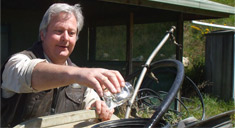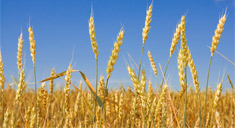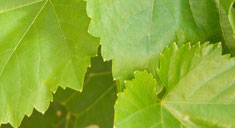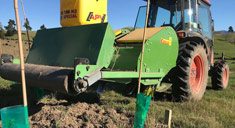Homeopathic Treatment of Kauri dieback disease
The possibility of a homeopathic cure
A bleeding lesion on a Kauri tree
Kauri dieback is a deadly disease killing kauri trees throughout the wider Auckland region. For the past 30 years, the disease has existed on Great Barrier island and has recently spread to the mainland, and can now be found in Auckland, Northland and the Coromandel.
This micro-scopic fungus like organism (Phytophtora taxon Agathis) can infect kauri of all ages, from seedlings to mature trees. The disease spreads from the soil to the roots of the trees, making it easily transmissible. This fungus-like disease is spread via spores in the soil, and can kill kauri trees of all ages. Scientists are working to find control tools for the disease, phosphite has shown some promising results.
The Auckland Council is a key partner in the joint agency Kauri Dieback Management Programme. We are working to ‘keep kauri standing’ within the Auckland region. The spread from infected trees to healthy trees can be minimised by cleaning/disinfecting footwear and car tyres.
What are the symptoms
Thinning Kauri canopy
The symptoms of kauri dieback include:
- thinning canopy
- yellowing leaves
- dead branches
- bleeding gum at the base of the trunk.
The fungus now known as Phytophthora ‘taxon Agathis’ is the same species identified as Phytophthora heveae from Great Barrier Island in 1974. It is not a recent introduction. It is not a rapidly spreading virulent pathogen. A survey of the original disease site on Great Barrier Island in 2007 showed that the diseased area now occupied ca. 10 ha (Beever et al. 2009). The fungus was already present in the adjacent area in 1972, so the extension of the diseased area does not indicate spread of the fungus.
The pathogen is only pathogenic under a specific set of environmental circumstances where water logging is the overriding factor.
‘Most of the affected trees’ on Great Barrier recovered during the drought the following season.
Water logging means a blockade to the oxygenation of the subsoil and the kauri roots. Without oxygen supply no mineralisation of any nutrients and trace elements can be activated, the trees are starving and dying consequently. On sandy alluvial soil the water logging will be only temporarily as the water can run off – the trees will recover. On clay soil the water logging can be semi-permanent and many trees will die.
Treatment
A good dose of mature compost prepared with bio dynamic activators may relieve the situation but is difficult to be applied on a broad acre scale. With homeopathic remedies it is easy and practical to administer them via a spray gun/backpack around the root zone of the affected trees. After the winter solstice a groundwork application of Carbo vegetabilis (charcoal) 30 C will put an activating foundation in the soil to rebalance the distorted root activity and ease the tree’s metabolism. It reinvigorates the trees and alleviates the water stress and the fungal infection. As soon as the first spring days warm the soil with more intense sunshine a start-up application of Belladonna 30 C is advised which will supply a warmth generating quality to all the roots, the trunk and the leaves. This heat source kindles warmth which in return boosts the tree development.
This application is to be repeated for two to three times on a fortnightly interval. In spring this is to be followed with applications of Dulcamara (Bittersweet) 30 C which is ideal for treating damage caused by wet weather and lengthy periods of cold rain. Applications can be repeated as long as a positive reaction is visible. In late spring and during the summer several doses of Natrium sulphuricum (Glauber salt) 30 C are ideal to cure the consequences of very damp, warm weather and lengthy periods of warm rain, weather changes from cold to warm or cold to humid conditions. Leaf discoloration, mould formation and root rot will be counter balanced.
All the proposed preparations are readily available, non-toxic, very economical and without side effects to the applying person, the soil, the water and the environment.
Give it a go and find out yourself.
June 2016, Andreas Welte
www.forestandbird.org.nz
www.aucklandcouncil.govt.nz


Contact Us
General enquiries welcomed. Request consultancy advice or speak to Andreas directly.
Contact Andreas

Order Online Now
Order our Farm and Plant Homeopathic and Organic & Biodynamic Viticulture & Horticulture products.
Order Online

Plant Homeopathy
Based on classical homeopathic principles, we offer advice on homeopathic treatment
Read On ...

Soil Cultivation
ESTA Soil Tests and analysis and Soil Management using the Spade Machine.
Find out more
